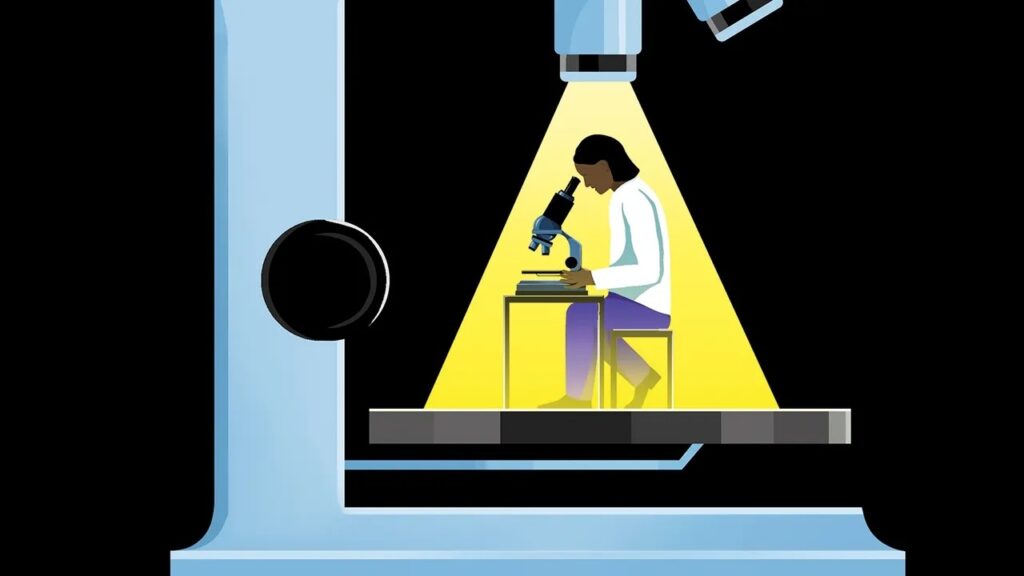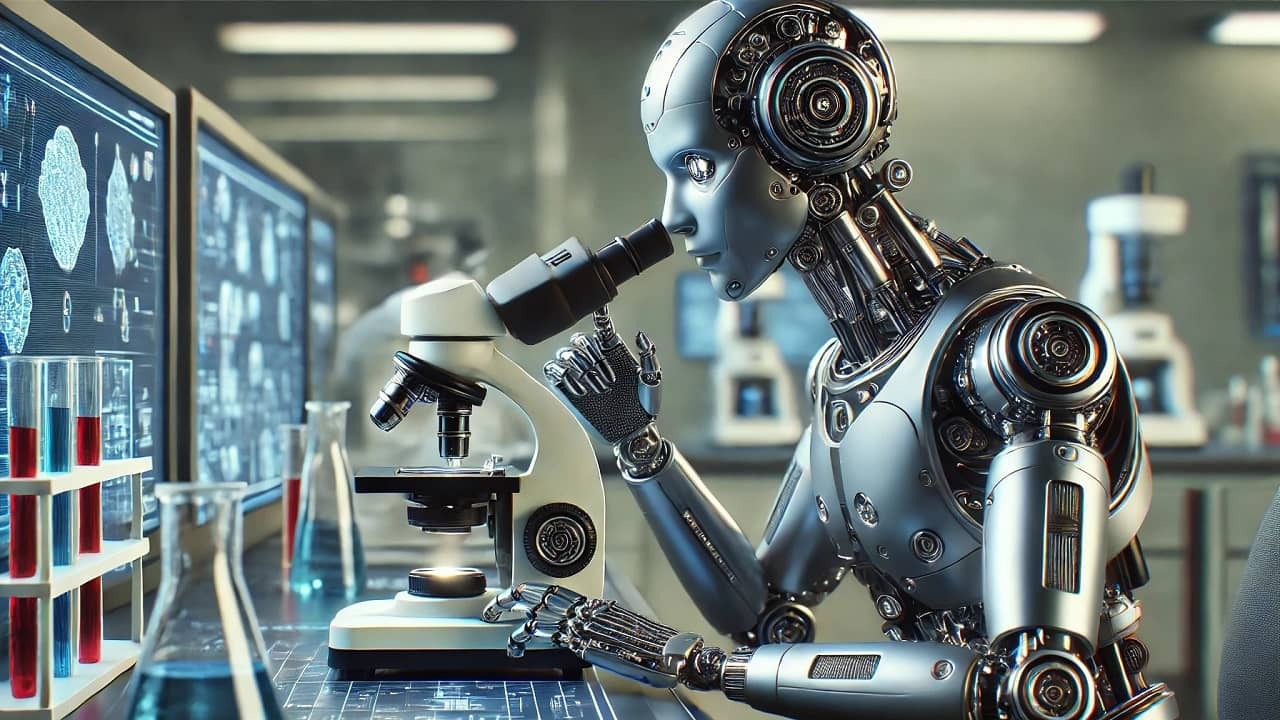The scientific community is buzzing with the recent announcement from Sakana AI Labs, which introduced an “AI scientist” capable of conducting scientific research autonomously. This groundbreaking AI system, designed to work specifically within the realm of machine learning, promises to carry out the entire lifecycle of a scientific experiment—from ideation to the final write-up—without any human intervention. But as this technology unfolds, it raises significant questions about the future of scientific discovery and the role of human researchers in this evolving landscape.
How AI scientist is being used to ‘do science’

In the digital age, much of the scientific knowledge that has been accumulated over centuries is readily available online. Repositories like arXiv and PubMed offer millions of scientific papers that can be accessed freely. This abundance of data serves as the foundation for large language models (LLMs), the same technology behind popular AI tools like ChatGPT. These models, trained on vast amounts of scientific literature, can now mimic the process of scientific writing, producing outputs that resemble human-written papers.
The AI developed by Sakana AI Labs leverages this capability to its fullest. By analyzing existing research, it can brainstorm new ideas, develop algorithms, run simulations, and even generate complete scientific papers, including references. The entire process is executed with impressive efficiency, costing only about $15 per paper—a fraction of the cost associated with traditional scientific research.
The challenge of ensuring novelty in AI-generated research
However, one of the most pressing concerns surrounding this AI scientist is its ability to produce genuinely novel and valuable research. Science thrives on innovation; it’s not enough to regurgitate known information. Scientists are driven to uncover new insights, challenge existing theories, and push the boundaries of human knowledge. But can an AI truly achieve this level of creativity and originality?
Sakana’s AI system attempts to address this by incorporating mechanisms to ensure its output is not merely a rehash of existing work. The system first assesses potential research ideas by comparing them to existing literature in databases like Semantic Scholar, discarding any that are too similar to prior work. Additionally, the AI includes a “peer review” step, where another LLM evaluates the novelty and quality of the generated paper. Despite these efforts, skepticism remains regarding the AI’s capacity to truly innovate, with some critics dismissing its output as “endless scientific slop.”
Potential pitfalls and risks of AI scientist in scientific research
The introduction of AI-driven research raises several potential risks, particularly concerning the integrity and quality of scientific literature. One significant worry is the possibility of “model collapse.” If future AI systems are trained on papers generated by other AIs, the quality of the research could degrade over time, leading to a loop of declining innovation and increasing mediocrity.
Moreover, the flood of AI-generated papers could exacerbate existing challenges within the scientific community. The peer review system, already under strain, might be overwhelmed by an influx of research of questionable quality. This could lead to a scenario where errors and inconsistencies slip through the cracks, further undermining the credibility of scientific publications.
Another concern is the potential misuse of this technology. The relatively low cost and high speed of AI-generated research could be exploited by bad actors, such as “paper mills” that churn out low-quality or even fraudulent research papers. This not only threatens the integrity of scientific literature but also places an additional burden on human researchers to sift through and validate an increasing volume of published work.
AI as a tool, not a replacement for scientists
While the concept of a fully autonomous AI scientist may be alarming, it’s essential to recognize that AI has long been used to support, rather than replace, human scientists. Tools like Semantic Scholar, Research Rabbit, and Elicit have been invaluable in helping researchers navigate the ever-growing body of scientific literature. These systems assist in identifying relevant studies, synthesizing existing knowledge, and even automating parts of the review process.
Machine learning has also played a significant role in analyzing and summarizing medical research, with tools like Robot Reviewer and Scholarcy providing critical support in literature reviews. These AI-driven tools are designed to enhance the efficiency and effectiveness of human researchers, not to supplant them.
The future of science in an AI-driven world
The vision presented by Sakana AI Labs of a fully AI-driven scientific ecosystem brings to light a fundamental question: Is this the future we want for science? While AI can undoubtedly offer powerful tools to aid in research, the potential consequences of relying too heavily on automated systems are concerning.
At the heart of scientific discovery lies a deep commitment to integrity, rigor, and trust. The idea that AI could take over the scientific process challenges the very foundation of how knowledge is generated and validated. As the role of AI in research continues to grow, it is crucial to consider how these systems are integrated into the scientific ecosystem and to ensure that they complement, rather than compromise, the human pursuit of knowledge.
In the end, the true value of science may not lie in the speed or volume of research produced, but in the quality and integrity of the discoveries made.














